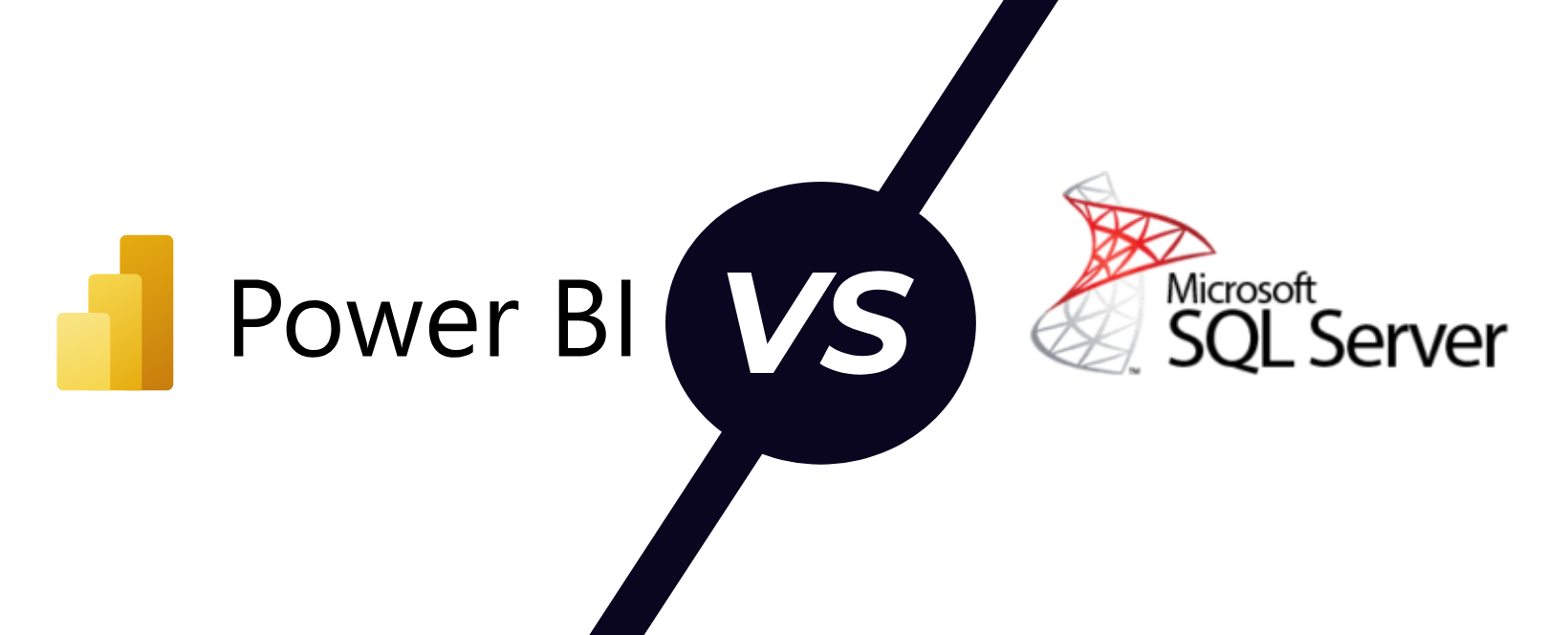Power BI and SSRS are two vastly different tools, that is for sure. They also aim to solve different problems. In this article we’ll explain the difference between the two tools, and also how they are able to complement each other.
In the rapidly evolving landscape of business intelligence (BI) and data analytics, choosing the right tools is paramount for success. Microsoft offers two powerful solutions in this domain: Power BI and SQL Server Reporting Services (SSRS). Each tool has its unique strengths and use cases, but together, they can provide a comprehensive BI solution. This article dives deep into comparing Power BI and SSRS and explores how they complement each other.
Overview of Microsoft Power BI
Microsoft Power BI is a cloud-based analytics service that enables anyone to visualize and analyze data with greater speed, efficiency, and understanding. It empowers users to create real-time dashboards and interactive reports without deep technical skills, making it an excellent tool for non-technical business users and IT professionals alike.
Key features
- Real-time dashboards
- Interactive reports
- Seamless integration with a variety of data sources
Ideal use cases
- Dynamic reporting and dashboarding needs
- Users requiring quick insights without extensive technical support
Overview of Microsoft SSRS
SQL Server Reporting Services (SSRS) is a server-based reporting platform that allows users to create traditional, detailed, and interactive reports. It provides a comprehensive suite of tools to create, manage, and deliver reports designed for a variety of audiences.
Key features
- Report Builder for designing reports
- Server-based report generation
- Pixel-perfect report formatting
Ideal use cases
- Complex reporting that requires precise control over layout
- Scenarios where reports need to be printed archived or periodically mailed to users
Comparative Analysis
| Feature | SSRS | Power BI |
| Launchdate | 2004 | 2017 |
| Hosting | Self hosted on your own servers | In the cloud |
| Data sources | SQL Server and analysis services | Almost any data source you can think of. From databases, to Excel and API’.s |
| User friendly | Due to the more complex interface and syntax, it’s more suitable for developers | Simpler interface with a drag and drop philosophy and an easier learning curve |
| Strengths | SSRS is the go-to for creating detailed, paginated reports suitable for printing and distribution. | Creating more visually appealing dashboards, easy to start with. No complex implementation required to get started. |
| Updates | ||
| Pricing | SSRS can be used with SQL Server express (with advanced services) and can therefore be used for free. When using the paid version, it requires a one time fee without any additional costs per user. | Power BI requires a pro or premium per user license for every user that needs to access dashboards, whether the users only require view access. |
How they complement each other
Integrating Power BI and SSRS can leverage the strengths of both platforms. Power BI’s advanced analytics and interactive dashboards, combined with SSRS’s capability for detailed, static reporting, offer a complete BI solution.
Leveraging Strengths
Businesses can use Power BI for day-to-day analytics and interactive reporting, while SSRS can handle official documentation and regulatory reporting requirements and is the go-to solution for automatically distributing reports through email.
Integration Capabilities
SSRS reports can be integrated into Power BI dashboards, providing a unified view that includes both detailed reports and high-level analytics.
Scenario-based Solutions
For instance, financial departments can rely on SSRS for precise reporting, while marketing and sales teams can utilize Power BI for insights into customer behavior and sales trends.
Conclusion
Understanding the distinct capabilities and strengths of Power BI and SSRS allows organizations to harness the full potential of their data. By leveraging these tools in tandem, businesses can achieve a comprehensive, integrated BI solution that meets a wide range of reporting and analytics needs. The synergy between Power BI and SSRS not only maximizes the value of business data but also enhances decision-making processes across all levels of the organization.
Luckily you don’t have to choose one or the other. DataTako allows you to both use SSRS and Power BI reports in one, easy to use, customizable web portal. Share SSRS and PBI reports with anyone, whether they are users inside your organization or outside.
Visit https://datatako.com for more information.
